Posts in Category: ZimmVet News & Events
Dog-Friendly Summer Treats to make at Home
By: Ari Alvarez, ZimmVet Daycare Staff
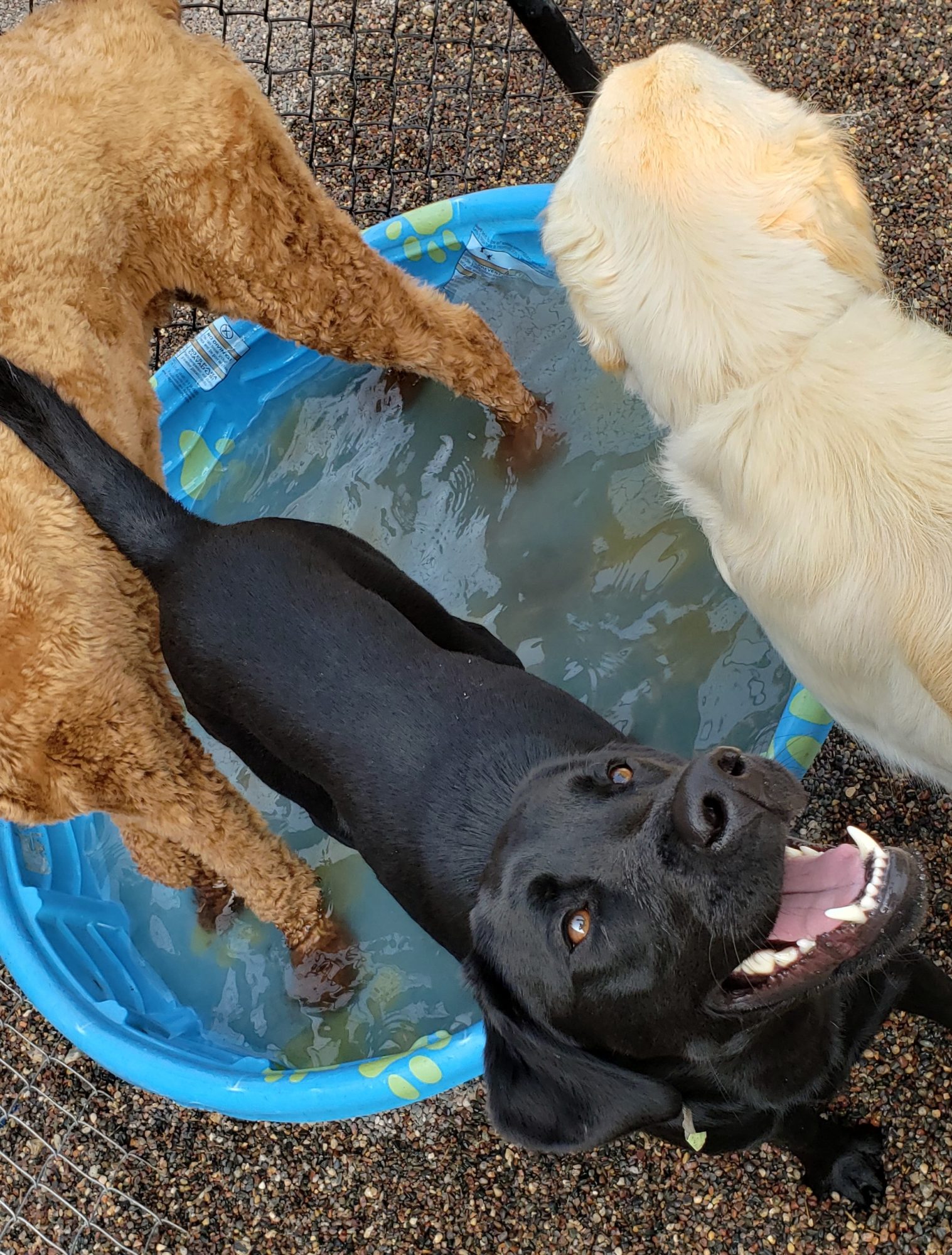
We all know how great a nice cool snack can make us feel on a hot summer day. Dogs can enjoy fun summer treats too! Some pet stores sell dog-friendly ice cream or other frozen treats. But did you know it is really simple to make your own frozen dog treats at home? Check out some simple frozen treat recipes below.
- Frozen Vegetables or Fruits – Green beans, banana chunks, strawberries, blueberries, and peach chunks can all be frozen and given to your dog as an icy little treat. If you purchase packaged frozen items and not fresh, check the labels to ensure there is no Xylitol.
- Ice Cube Fruity Treats – Combine ripe banana, pumpkin, or sweet potato and plain yogurt together and freeze in a mold or ice cube tray.
You can also blend together watermelon and cantaloupe to freeze or pureed banana with a dollop of peanut butter on top.
Slice up apples (throw out the seeds and core) and blend. Add a cup of yogurt and a splash of water to then freeze in an ice cube tray.
Make PB & J pops. Blend strawberries with some water, pour in the mold, and then spread peanut butter on top.
- Meaty Treats – Combine grilled chicken, chicken broth, and cooked carrot in a good processor to freeze in an ice cube tray.
Don’t forget you can always fill your dog’s favorite chew toy, such as a Kong, with any of the above recipes and freeze for added chew time.
There are endless combinations when it comes to fun dog treats you can make at home! Find what your dog likes by having fun experimenting.
**Dog Owners should avoid feeding their dogs “human” ice cream, frozen yogurt, and popsicles for a variety of reasons. Check with your Veterinarian about certain treats if you’re unsure whether they are pet-friendly or not. **
Getting Your Pet Ready for Bringing Your Baby Home
By Michaela Tallant, ZimmVet Professional Pet Groomer
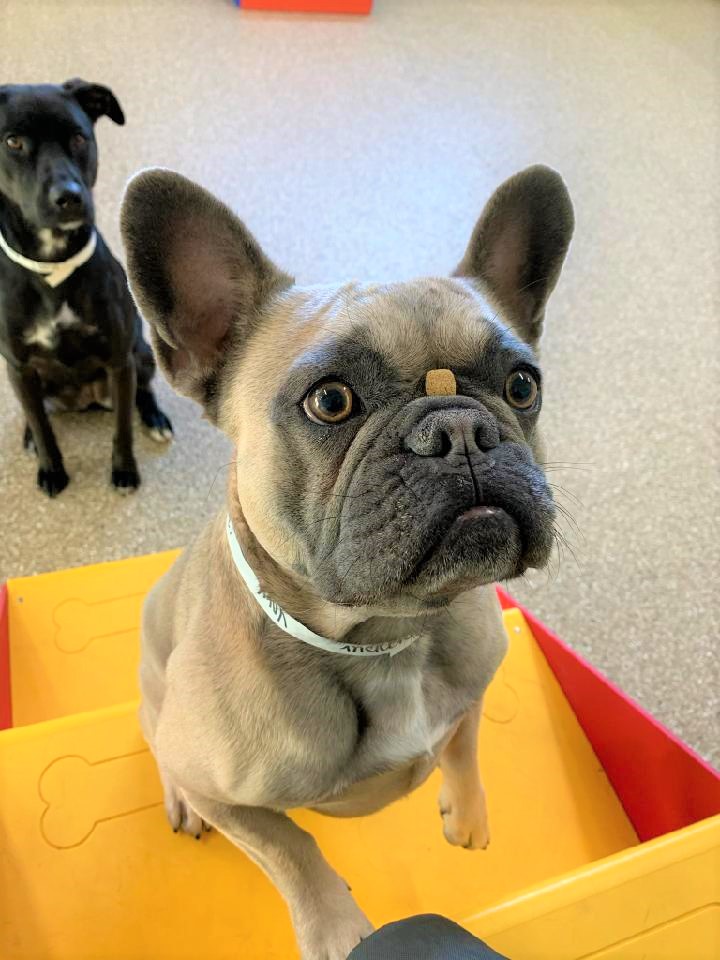
Bringing a new baby home may be exciting for you and your spouse but this transition can be confusing and startling for your pet. If you think about it, this new baby seems “human” to your pet, but smells, makes sounds, and moves nothing like your pet has ever experienced before. Plus, suddenly this strange and noisy creature is taking up all of their owner’s time and attention.
By planning ahead and taking simple steps before your baby arrives and in the first couple of weeks of your baby’s arrival, you can help your pet and new baby create a special bond!
Getting your pet ready before the arrival
- Start by having your pet take basic obedience classes. This will help make sure they know not to jump, understand sit and stay, and have a strong recall.
- Make slow changes to your pet’s routine. If you’re going to be changing where your pet sleeps when the baby arrives or when they are fed and walked, then you will want to change that slowly over the next couple of months.
- Play baby noises. This will help your pets get used to all the different noises your baby is going to make. Desensitizing them to this will help keep their anxiety and stress levels down when the time comes.
- Teaching your pet to go to their kennel, bed, mat or “safe space” will be highly rewarding for you and your pet. This will allow for you to send your pet to a designated area and out of the way when you’re feeding or having snuggle time with your baby and need space. This will also allow for your pet to have a quiet, calm place to retreat to if they become overwhelmed.
- Getting a baby doll and teaching your pet the new boundaries with it ahead of time will also help them adjust more quickly once the baby arrives. You can use the baby doll to teach your pet the new seating order on furniture (pet, human, then baby) and get them used to not jumping on or cuddling with you while you’re holding the baby.
Reasons to Bring Your Dog to Work
By: Ari Alvarez, Zimmvet Daycare Staff

1. Pets Relieve Stress
Having pets in the office reduces stress and makes employees feel more relaxed. Studies have been done that found individuals who brought their dogs to work had decreased stress levels when compared with those who did not bring any pets to work. Those who did not bring pets to work showed increasing levels of stress throughout the workday.
2. Pets in the Workplace Benefit Work-Life Balance
Companies have been open to pets in the workplace due to their effect on work-life balance. Both employers and employees stated it helps them pass long work hours happily, and the pets remind them to take necessary breaks.
3. Pets Improve Your Company Image
Allowing pets in the office can boost a customer’s view of the business. Most customers have a positive response when they are offered a chance to interact with an employee’s pet, and it can help them to relax and enjoy their visit to the business. Having pets in the office also tends to soften the company’s image and makes a business seem more progressive and forward thinking.
4. Pets Attract Workers
Employee turnover is costly, and companies are always looking for perks and benefits that will draw loyal employees. A pet-friendly policy will keep workers happy and encouraging new hires to stay loyal.
Implementing a pet policy will not always be a walk in the park. Not all workers are pet lovers, pet-friendly policies just aren’t suitable for certain businesses.
If bringing your pet to work is something that interests you and you believe your workplace would benefit from allowing pets and is a suitable environment, work with your leadership team to start implementing a pet policy and what it would take to make your workplace pet friendly.
Do’s and Don’ts of Puppy Playtime
By: Monica Bock, ZimmVet Daycare Staff

Proper Play in Puppies
Puppies, like children, love to play. However, without the use for apposable appendages, they tend to use their mouths. This is a natural occurrence in dog language and plays an important role in their development.
Just because your puppy “bites” does not mean that they are showing aggressive behaviors or will become aggressive in the future. It is their way of playing, communicating, teething, or experiencing stress. Because our language is vastly different from that of our furry friends, we need to curve this behavior towards humans. To have a well-rounded and a behaviorally healthy pet, it is important as pet parents to teach our puppies to play well with not just other animals, but people as well.
Don’ts of Play
Don’t Leave Children with a Puppy Unattended
Small children do not know any better, and so it not wise to leave a small child and your puppy unsupervised. A child will not be able to pick up on a dog’s stress warnings, which can lead to the child getting hurt. A small child may even pull or fall on the puppy, which in turn can cause them to act out against the child when they normally may not. It is important to remember that even the friendliest puppy can bite if provoked. Play it safe and keep watch, showing the puppy and child to properly interact with each other.
Don’t allow Play with Your Hands
When playing with a puppy, it is almost a natural instinct to play with your hands; however, this can be potentially hazardous later in life and should be avoided to ensure the puppy knows your hands are not toys.
Don’t Play with Objects you do not wish the Puppy to Chew on Later
Do you have an old sock or shoe you no longer want? It may seem fun to give it to your pup as a toy, but keep in mind that this tells your dog that any shoe and sock is okay to play with in the future.
Continue…How Hot Is Too Hot?
By: Monica Bock, ZimmVet Daycare Staff
We love our pets and always want them to be safe. One of our common worries when owning a pet is how temperature affects them and at what point it’s too hot for our pets. Keep reading if you want to know the signs of heat stress, dangerous temperatures and how to keep your pet safe in this hot summer weather!
An overly hot or warm climate can cause serious medical implications in our furry friends and shouldn’t be taken lightly. Heat exhaustion in dogs can lead to problems such as heat stroke and cardiac arrest. Dogs regulate heat differently than humans. While we sweat to regulate our temperature, a dog has very few sweat glands located in their paw pads. These sweat glands do little to help regulate the dog’s body temperature. Most often you may see your pup panting away when it’s hot out because this is how they cool themselves down. However, sometimes this is not enough to cool them down to a “safe” temperature. A safe internal temperature for our furry friends shouldn’t overgo a temp of 102 degrees Fahrenheit and if it exceeds this, can become potentially dangerous for them.
How can you tell if it’s too hot, however, without taking your pet’s temperature constantly?
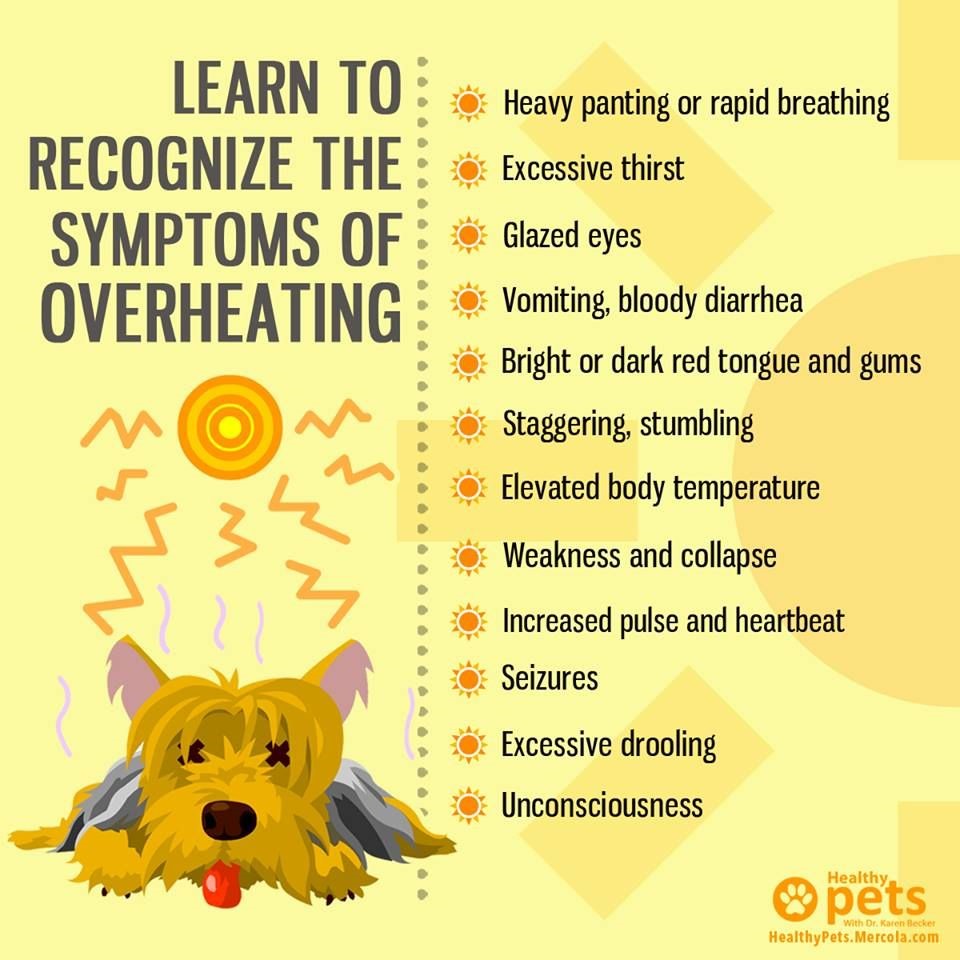
This is simple! There are a couple signs you can keep an eye on when enjoying the summer weather with your pet.
Things to look for:
- Excessive panting
- Lack of responsiveness
- Vomiting
- Diarrhea
- Collapsing
- Convulsion/ seizure
- Gum and tongue discoloration-May turn red or purple
Traveling this Holiday Season
By Dr. Abby Soderberg, DVM – ZimmVet-763-856-4848
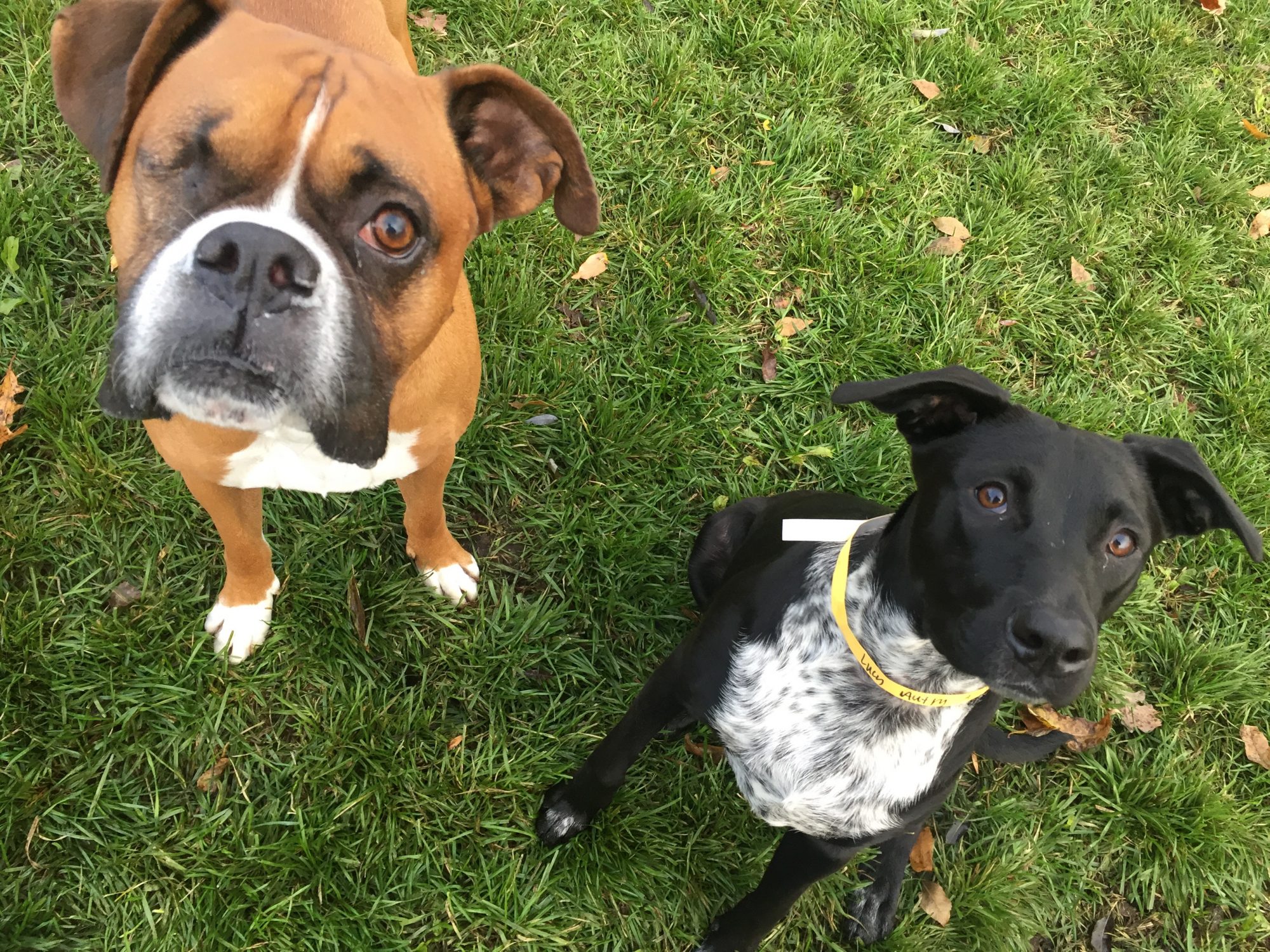
Whether you are driving to grandma’s cabin in Wisconsin or flying to your cousin’s condo in New York, planning ahead for pet travel is crucial for everyone’s comfort during the busy holiday season.
FLYING
- Your pet has two options for airline travel: cabin or cargo. Most airlines require pets weighing 15 pounds or less to fly in the cabin with their owners.
- Check with your airline about the required carrier size and dimensions.
- Confirm with the airline the day before travel that your pet is coming with you.
- Airline regulations regarding Emotional Support Animals are changing rapidly, due to the number of incidents from false ESAs. Check with your specific airline for their ESA requirements.
- When flying, a USDA health certificate is usually required. Check with the airline as to how many days before travel the certificate must be issued.
CAR
- Many hotels accept pets. However, most have a limited number of dog-friendly rooms, so make reservations ahead of time.
- Most federal and state rest areas have designated-doggy restroom areas. Cat boxes can be placed in a carrier with a cat. Do not forget to bring plastic bags for used litter.
- Pets need to be restrained while traveling for the safety of the pet and owner. It is best for pets to travel in a plastic sided carrier that has good ventilation and allows pets to sit, stand, and lie down.
Dog Bite Prevention
Dog Bite Prevention – Adapted from AVMA Dog Bite Prevention
Dog bites pose a serious health risk to our communities and society. More than 4.5 million people are bitten by dogs each year in the United States, including more than 800,000 who receive medical attention for their injuries. More than half of those bitten are children.
Dogs bite for a variety of reasons, but most commonly as a reaction to something. If the dog finds itself in a stressful situation, it may bite to defend itself or its territory. Dogs can bite because they are scared or have been startled. They can bite because they feel threatened. They can bite to protect something that is valuable to them, like their puppies, their food or a toy.
Dogs might bite because they aren’t feeling well. They could be sick or sore due to injury or illness and might want to be left alone. Dogs also might nip and bite during play. Even though nipping during play might be fun for the dog, it can be dangerous for people. It’s a good idea to avoid wrestling or playing tug-of-war with your dog. These types of activities can make your dog overly excited, which may lead to a nip or a bite.
Continue…Warm Weather Toxins
Warm Weather Toxins – Adapted from “Summer Pet Toxins” from pet poison helpline\
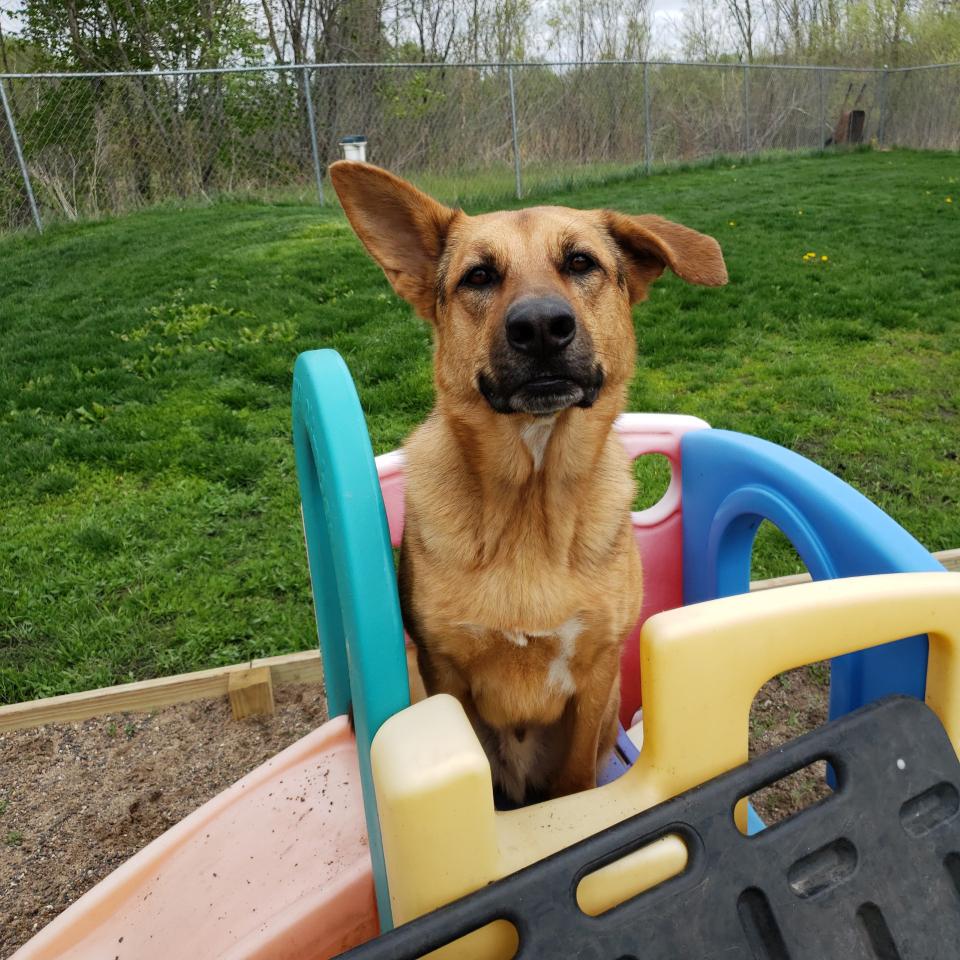
As summer approaches, and you are outside more with your furry companions, there are a variety of toxic products your pets can come into contact with. Outside pets should be confined to a safe location and all containers should be tightly closed and locked away in the garage or basement. As with all poisonings, early recognition and decontamination are key to a successful outcome. Here is some basic information for you to know about when dealing with these warm weather toxin exposures.
SLUG & SNAIL BAIT
Slug and snail baits are available in a variety of forms (pellets, granular, powder, and liquid). The active ingredient is typically metaldehyde, which is toxic to all species (particularly dogs). Within 1 to 2 hours of ingestion, clinical signs of salivation, restlessness, vomiting, and incoordination are seen, which then progress to tremors, seizures, and secondary severe hyperthermia. Generally, the prognosis is favorable if treatment is quickly and aggressively implemented.
Continue…Blue-Green Algae
Blue-Green Algae – Adapted from Wisconsin Bureau of Environmental & Occupational Health
Cyanobacteria, also called blue-green algae, naturally grows in bodies of water around Minnesota and around the world. 50% of states report a harmful algae bloom every year in freshwater. It thrives on warm, sunny weather and usually form during the summer in Minnesota (May–September). This bacteria is so important because it can be deadly.
WHAT DOES BLUE-GREEN ALGAE LOOK LIKE?
Blue-green algae blooms are often smelly, look like spilled paint or pea soup, and can change the color of the water to green, blue, turquoise, purple, tan, or white. Some blooms form a layer of scum or mats on the surface of the water. While some blooms can stay in the same location for a long time, others can quickly come and go with changing currents and wind patterns.
Continue…The Importance of Enrichment
By: Lena Hansen, ZimmVet Daycare Assistant Manager

Here at ZimmVet’s Dog Daycare and Pet Hotel, we know just how important enrichment is for the dogs that stay with us. It’s one thing for the dogs to be able to interact with other canines, but it is essential for them to receive mental enrichment as well so that their confidence and social skills can build.
Different enrichment activities can be beneficial in multiple ways. Do you ever walk into a different room and then come back to discover that your pooch ripped apart the garbage can? Although this type of behavior might have different causes, one of the possible reasons why your dog is could simply just be bored. Mental and physical stimulation through enrichment can help promote a well-behaved, happy dog.
Some of the enrichment activities that we offer during play at ZimmVet are ball pits, pools, bubbles, puzzle toys, basic obedience practice, and obstacle courses. These activities help stimulate the mind, build confidence, and promote problem-solving. But these don’t have to only be done at a doggy daycare. Try incorporating some of these enrichment activities at home. Puppies especially thrive when able to participate in different engaging activities because it not only helps them get used to new objects, sights, and smells, but helps their brain grow too. Contact ZimmVet to discuss enrichment activities available during daycare and how they would benefit your dog 763-846-4848.


